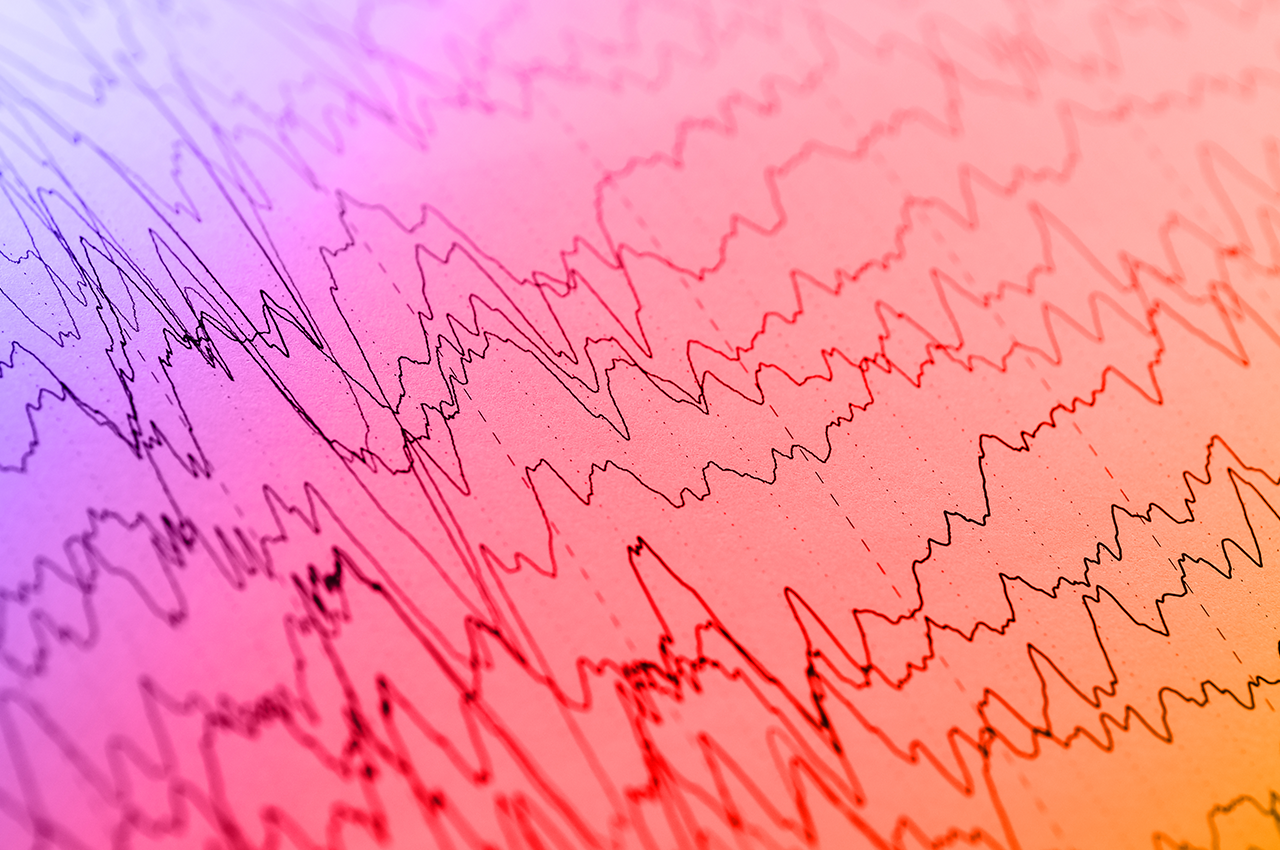An absence seizure is where you experience a short period of “blanking out” or staring into space.. The seizures usually last for such a short time that no-one notices them, even the person who just had it.
They are most common in children between the ages of four to 14. A child may have up to 100 absence seizures each day that go unnoticed. Most kids who experience these seizures may struggle with concentration and learning at school.
Like other seizures, absence seizures are triggered by abnormal brain activity. When the brain receives mixed messages it becomes confused, causing a seizure. When this happens, it affects your awareness of what’s going on around you, but you usually recover immediately.
There are two kinds of absence seizures, typical and atypical.
Typical absence seizures are most common. If you experience one, you’ll suddenly stop everything and it will look as if you’re daydreaming. Your eyelids may flutter and this kind of absence seizure lasts for less than 10 seconds.
Atypical seizures last longer and have different symptoms. They usually start with a blank look. Next, there’s usually a muscle movement, like blinking over and over, smacking the lips or hand motions. This kind of seizure can last for 20 seconds or more.
What’s the difference between daydreaming and absence seizures?
Although daydreaming is very similar to absence seizures, there are some key differences. With daydreaming, it’s more likely to happen when someone is bored, sitting through a long class at school, for example. Daydreaming also happens slowly, whereas absence seizures can happen suddenly and at any time. Absence seizures stop on their own, but daydreaming can be interrupted by external factors, like someone calling your name.
How are absence seizures treated?
Absence seizures can be treated with anti-seizure medications. The kind your doctor prescribes to you will depend on how severe your seizures are and what kind you have. For example, if you experience other seizures besides absence ones, you may have to take more than one type of medication.
You may be given a low dose of medication at first, and later your doctor may increase it as needed to control your seizures. Children may be able to use this treatment for only two years under their doctor’s supervision until they’re seizure-free.
Manage your seizures at home:
- Take your medication correctly by taking the right dosage every day. Talk to your doctor if you feel it needs adjusting.
- Wear a medical alert bracelet to help emergency services and your loved ones know how you need to be treated in case of a seizure.
- Get enough sleep every night. Lack of sleep is an important trigger.
- Ask your doctor about things you should avoid. For example, activities like driving or swimming alone may not be safe. With absence seizures you blank out for a short period and with driving and swimming, you need to concentrate, or your life could be in danger (i.e. you could end up in a car crash or drown).

